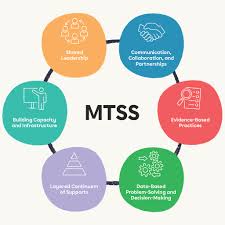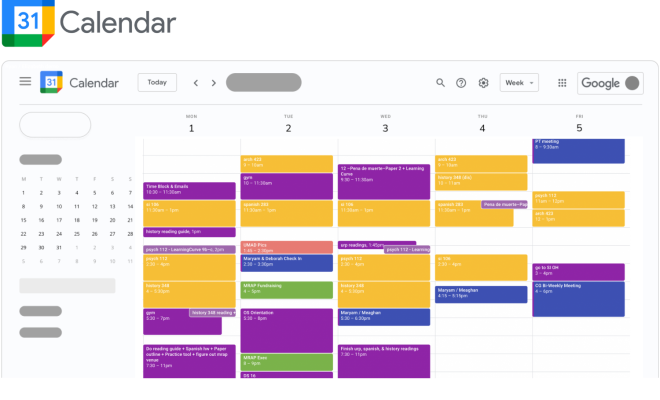Best Practices to Support MTSS Instruction in Education

Multi-Tiered System of Supports (MTSS) is an evidence-based model of schooling that uses data-based problem-solving to integrate academic and behavioral instruction and intervention. The goal of MTSS is to identify struggling students early and provide them with targeted support to improve their outcomes. Here are some best practices for educators looking to support MTSS instruction in their schools:
1.Universal Screening
One of the foundational components of MTSS is early identification of students who may be at risk for learning difficulties. Schools should conduct universal screening for all students at least three times per year, using reliable assessment tools to measure academic skills and behaviors.
2.Data-Based Decision Making
Data should guide every aspect of the MTSS process. Educators should collect and analyze student performance data regularly to make informed decisions about instruction and interventions. This will help identify which students need additional support, what type of support they need, and whether the support provided is effective.
3.Tiered Support
MTSS is characterized by multiple tiers of support. Each tier represents an increasing intensity of services:
– Tier 1: High-quality classroom instruction with differentiation for all students.
– Tier 2: Targeted group interventions for students who are not making adequate progress in tier 1.
– Tier 3: Intensive individualized interventions for students who continue to struggle after receiving tier 2 supports.
4.Evidence-Based Interventions
Interventions within the MTSS framework should be evidence-based, meaning they have been proven effective through research. Educators should use practices that have a strong track record of success and are likely to produce positive outcomes for students.
5.Collaboration Among Stakeholders
Implementing an effective MTSS model requires collaboration among general education teachers, special education staff, interventionists, administrators, and families. Regular communication and a team-based approach ensures everyone is working together toward common goals.
6.Ongoing Professional Development
Educators need the knowledge and skills to implement MTSS effectively; therefore, providing ongoing professional development is critical. Training should be focused on areas such as conducting assessments, analyzing data, providing interventions, differentiating instruction, and problem-solving techniques.
7.Sustained Commitment
Supporting MTSS requires sustained commitment from all school staff members over time. It’s essential for schools to make a long-term commitment to the process rather than searching for quick fixes.
8.Family Involvement
Family engagement plays a vital role in the success of MTSS. Educators should communicate regularly with families regarding their child’s progress and involve them in planning and decision-making processes related to their child’s education.
Implementing these best practices in MTSS can lead to substantial improvement in student achievement, reduce numbers of referrals for special education services, and create a more inclusive school environment where all students have opportunities to succeed. It’s about creating a culture of data-driven support that can adapt to the unique needs of each student.






